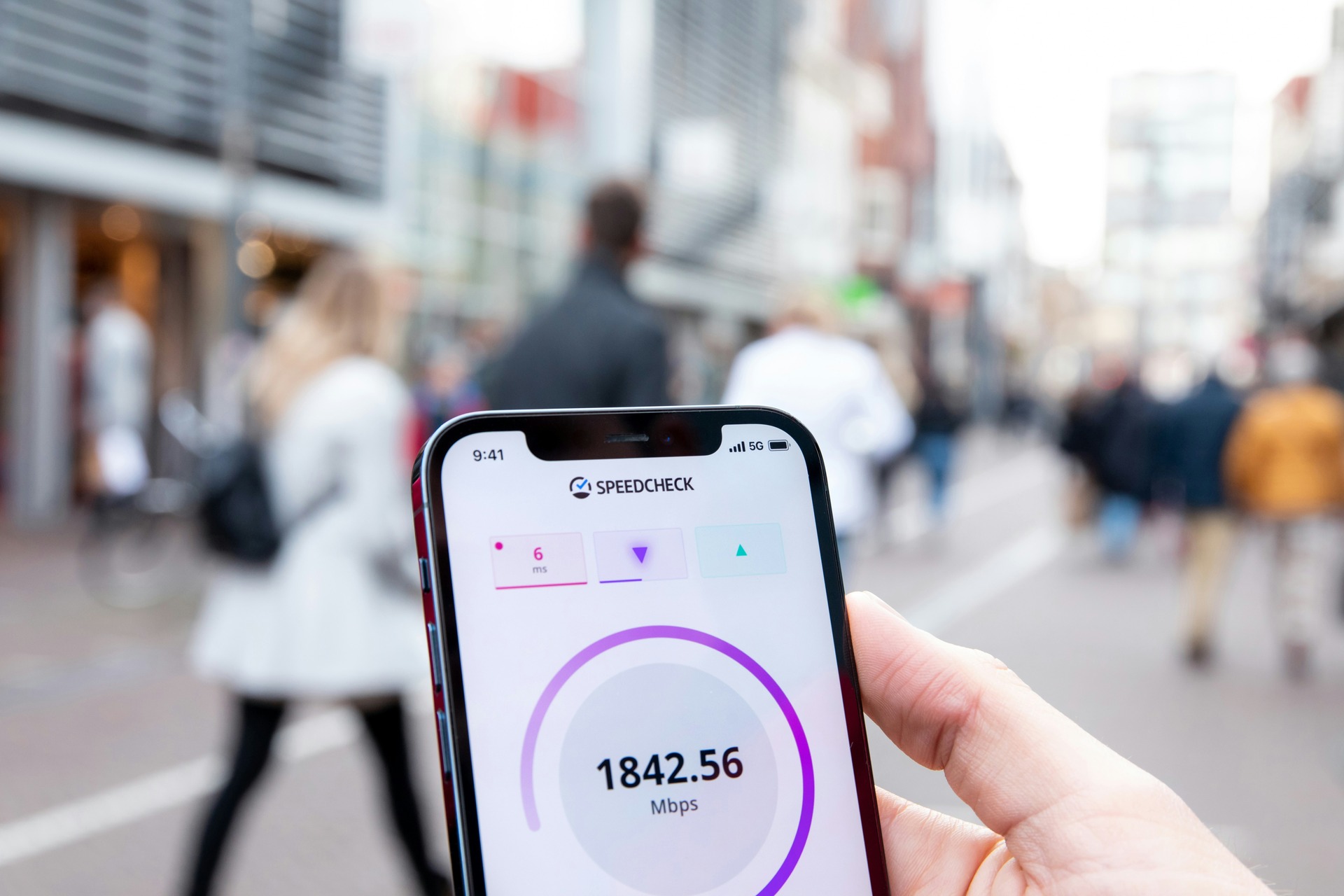YouTube is one of the largest and most influential social media platforms on the internet. Given this popularity, trending videos on the site are a potential gold mine for creators and advertisers. So how exactly do YouTube trends work, and how can people take advantage of that?
With roughly two billion active users, YouTube is second only to Facebook in terms of size. Plenty of people have tried to figure out the YouTube trending algorithm to capitalize on this vast audience. That’s proven to be a little bit more complicated than some expected, though.
It turns out that the word “algorithm” is a bit of an oversimplification. There are a lot of factors involved, and YouTube isn’t entirely transparent about all of them. Here’s a rundown of what we do know, though.
What YouTube Trends Rewards
At their core, YouTube trends are supposed to highlight videos that users would enjoy. Unlike some other social media sites, YouTube doesn’t personalize the trending page to each user. What you see on your “recommended” tab is tailored to your interests, but the trending tab is consistent across all users and locations.
According to Google Support, YouTube looks for six main qualifications to feature videos on the trending page:
- Appealing to a broad range of users
- Not misleading or sensational
- Represent what’s happening on YouTube and the world at large
- Feature a diversity of creators
- Creative or novel
They also look at things you’d expect to influence trends, like view count and how fast a video’s gaining views. Interestingly, YouTube doesn’t leave this process entirely up to automation. Human workers look at the videos that the system highlights as a final step before they feature it on the trending tab.
That’s why you can’t exactly call the YouTube trends system an algorithm. It involves more than just a computer running things through a set of rules.
What Doesn’t Show on YouTube Trends
This process doesn’t stop at seeing if a video meets these qualifications. Several factors can prevent something from trending that would otherwise appear on that page. YouTube has a diverse range of users, and they want to ensure that they provide a safe and comfortable space for everyone.
According to YouTube, they don’t highlight videos that feature excessive profanity, violence, other mature content or that they deem otherwise inappropriate. Even if content like this doesn’t violate their community guidelines, it counts against a video as far as trending goes. That’s where some of the controversy over the Trending section comes in.
Controversy Over the Trending Process
Many YouTube creators may use the platform to publish edgy content that they wouldn’t be able to on traditional media. If YouTube prevents these videos from trending, then it could defeat the purpose of preferring YouTube over other media. Some people are also suspicious of how the content YouTube trends punish align with content that advertisers avoid.
If the popular content on YouTube grew too mature, it could prevent advertisers from looking into the platform. Considering those factors, some people think YouTube may stop some content from trending to ensure they get more advertisers.
Some research suggests that the Trending process may favor traditional media over YouTube-native creators too. One study found that creators need to reach around 11 million views to trend while TV show segments only needed a couple hundred thousand. Once again, it looks like the system may prefer more traditional media instead of YouTube-original content.
Making the Most of the Trending Tab
People still don’t fully understand all of the qualifications for what does and doesn’t trend on YouTube. For now, all creators can do is acknowledge what YouTube says about the process and try to meet those qualifications. If they manage to do it, taking advantage of YouTube trends can be a profitable endeavor.
Recent Stories
Follow Us On
Get the latest tech stories and news in seconds!
Sign up for our newsletter below to receive updates about technology trends














